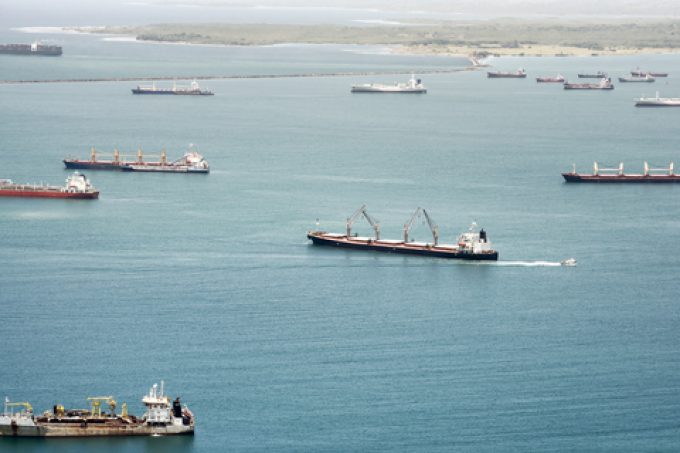Carriers unveil Panama Canal transit surcharges for new year
Two major carriers have announced new Panama Canal surcharges on Asia-US east coast transits in ...

Water levels in the Gatun Lake – the man-made reservoir which dictates the navigability of the Panama Canal – are again sinking below the 80ft (24.3 metre) threshold and looking set to pass the record low levels seen last year.
Around 8ft lower than ideal for safe navigation, Gatun Lake water levels reached a nadir of 79.24ft in late July and have not recovered much since, reaching a high point of just 81.83ft in November.
Traditionally, Gatun reaches its highest watermark in ...
Volcanic disruption at Anchorage could hit transpacific airfreight operations
Macron calls for ‘suspension’ – CMA CGM's $20bn US investment in doubt
Forwarders stay cool as US 'liberation day' tariffs threaten 'global trade war'
Shippers snap up airfreight capacity to US ahead of tariff deadline
De minimis exemption on shipments from China to the US will end in May
Tighter EU import requirements proving 'a challenge' for forwarders
Looming Trump tariffs will create 'a bureaucratic monster' for Customs

Comment on this article